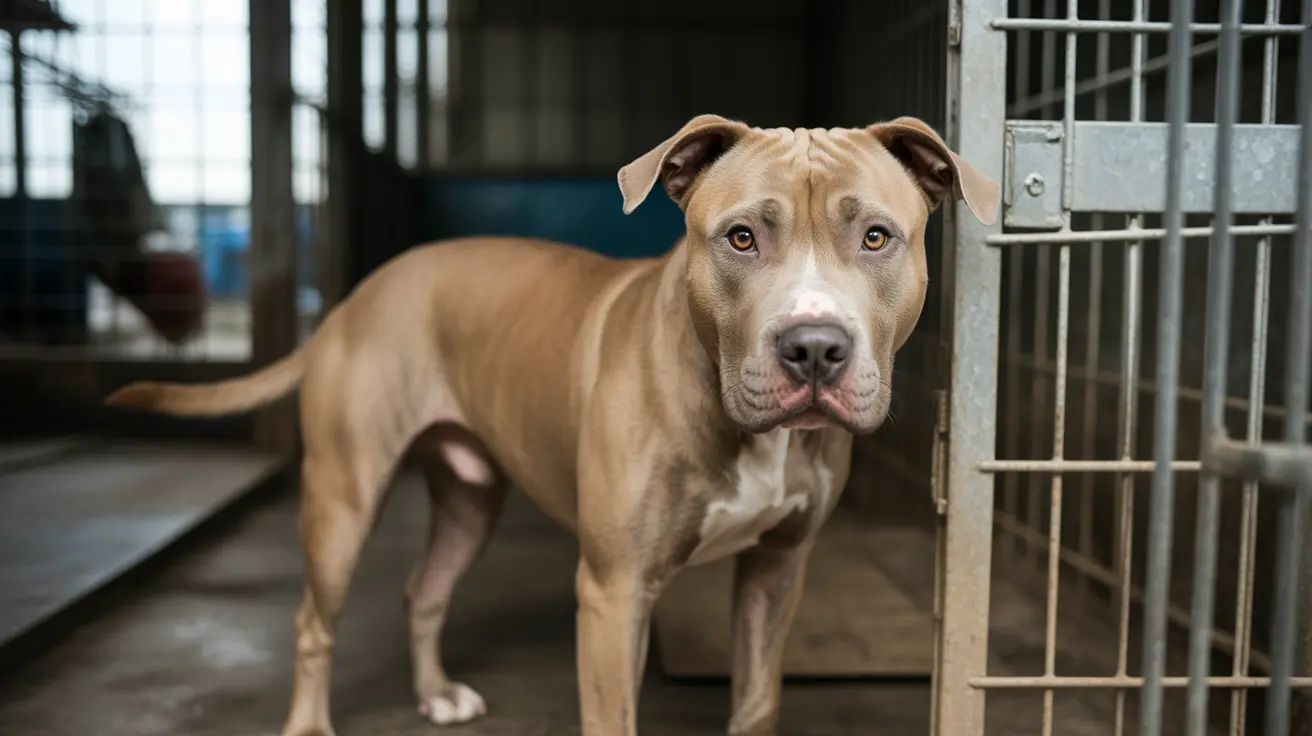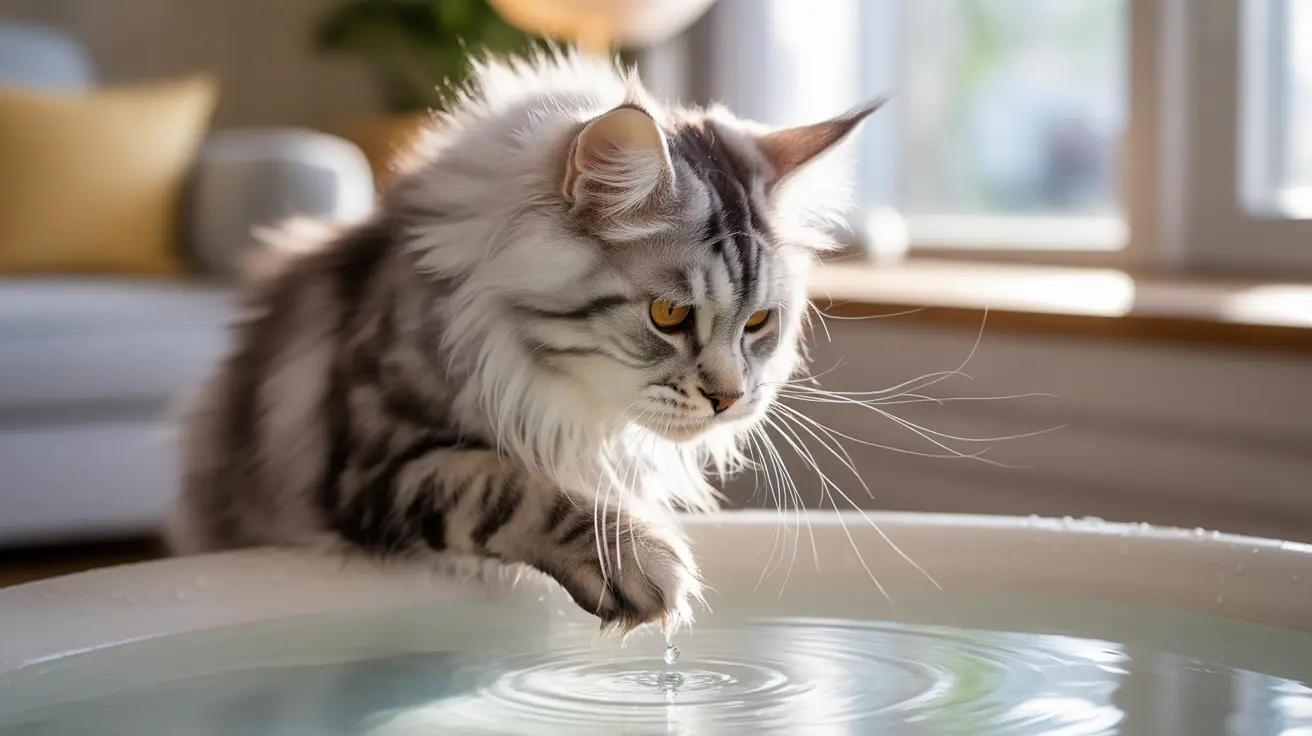Why Dogs Constantly Lick Their Paws: Causes, Treatments, and Prevention
Dog paw licking is a normal part of grooming, but when it becomes
constant or obsessive, it may indicate deeper medical or behavioral issues. As a responsible dog owner, it's important to recognize the difference between routine grooming and signs of discomfort. This guide offers a comprehensive look at the possible causes, preventative measures, and treatment options associated with constant paw licking in dogs.
Common Causes of Excessive Paw Licking
1. Injuries and Foreign Objects
- Cuts, thorns, burrs, or splinters
- Bee stings or torn nails
- Irritation from walking on hot pavement or salted roads
- Embedded debris causing irritation or pain
Dogs may lick to soothe discomfort or attempt to remove embedded items. Limping or favoring one paw is also a key indicator.
2. Allergies
- Food allergies causing systemic itchiness
- Environmental allergens such as grass, pollen, or cleaning chemicals
- Contact dermatitis from manufactured floors or artificial turf
Allergies often lead to repetitive licking, redness, and even skin infections over time.
3. Infections
- Bacterial or yeast infections in moist areas
- Parasites like fleas, mites, or hookworms
Infections typically present with swelling, odor, redness, and sores between the toes or pads.
4. Growths or Physical Conditions
- Cysts, tumors, or arthritis in the paw or limb
- Soft tissue injuries or bone pain radiating to the paw
These conditions may make a dog lick or protect the paw, especially during walks or stress.
5. Dry or Irritated Skin
- Dry conditions or overbathing leading to flaky skin
- Lack of hydration or paw protection
Cracks or dryness in the pads may cause licking as the dog tries to ease discomfort.
6. Behavioral Triggers
- Anxiety or stress from loud noises, new routines, or separation
- Boredom due to lack of exercise or stimulation
- Compulsive behavior from inadequate mental or emotional outlets
If no physical cause is found, behavioral issues may be the root problem.
Diagnosis and Observation
To determine why your dog is licking its paw:
- Observe frequency and duration of licking episodes
- See if the behavior is focused on one or multiple paws
- Inspect paw for cuts, swelling, objects, or pain
- Compare to other paws to identify abnormalities
Persistent discomfort affecting gait or movement requires veterinary evaluation.
Effective Home Treatments
1. Physical Inspection and Cleaning
- Wash the paw gently using mild soap or diluted chlorhexidine
- Remove visible debris cautiously with tweezers
- Apply antiseptic or antibiotic cream to minor wounds
- Use breathable bandages and cover the paw with a sock
2. Moisturizing and Protection
- Apply paw balm or pet-safe coconut oil for dryness
- Limit baths and use moisturizing dog shampoos
- Use dog booties or socks to guard against irritants
3. Allergen Management
- Wipe paws after outdoor activity
- Consult a vet about antihistamines or allergy injections
- Conduct patch or allergy testing with professional help
4. Parasite and Infection Control
- Use prescribed anti-parasitic treatments
- Monitor for infections like redness, discharge, or odor
5. Behavioral Solutions
- Give mental and physical stimulation daily
- Provide safe toys, puzzle feeders, and consistent routines
- Consider hiring a dog walker or sitter for lonely dogs
- Use stress-reducing zones during fireworks or loud events
- Apply bitter-tasting sprays only after medical causes are ruled out
When to See a Veterinarian
Seek professional attention if:
- The paw is red, swollen, or bleeding
- Your dog is limping or yelping in pain
- Licking is persistent without visible cause
- There are signs of infection, growth, or behavioral degeneration
Chronic licking can lead to
lick granulomas (acral lick dermatitis), requiring advanced treatment, including dermatological or behavioral therapy.
Conclusion
Constant paw licking in dogs is not just a nuisance—it’s often the symptom of a larger issue ranging from physical injury to behavioral distress. Early detection and appropriate care, including keeping paws clean, managing allergies, and ensuring mental enrichment, can prevent escalation. When in doubt, consult your veterinarian for guidance and effective resolution.





